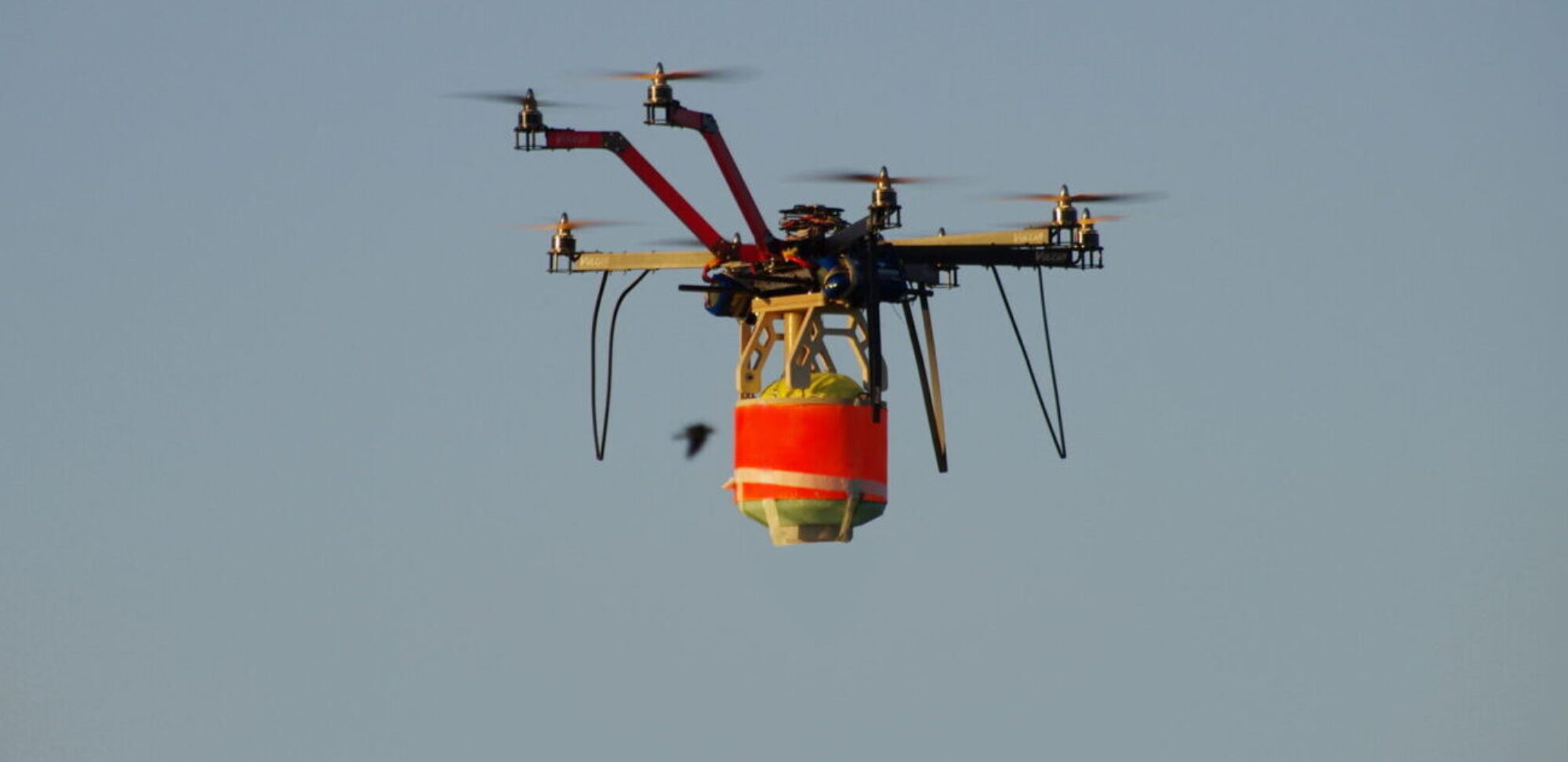NASA’s Mars Science Laboratory mission succeeded in setting down a large, mobile laboratory — the rover Curiosity — using precision landing technology that made many of Mars’ most intriguing regions viable destinations for the first time. The Mars Science Laboratory was launched from Cape Canaveral Air Force Station, Florida, on November 26, 2011, and successfully landed on Mars on August 6th 2012.
During the three minutes before touchdown, the spacecraft slowed its descent with a parachute, and then used retro rockets mounted around the rim of an upper stage known as the skycrane. Far exceeding the initial mission length of 23 months, Curiosity is still analysing samples drilled from rocks or scooped from the ground as it explores the Red Planet with greater range than any previous Mars rover.
Vorticity was engaged by NASA to provide a specialist view of how the Mars Science Laboratory parachute would perform at low supersonic and subsonic Mach numbers in a low density atmosphere, through the use of FSI simulations, as part of the verification of the design. We were required to show robust performance over the operation Mach number range and to investigate the effect on performance of the distance the parachute flies behind the probe.
Vorticity’s study has informed a small but vital part of this incredible mission to Mars.


